


Hanoi
Asia
/
Vietnam
/
Hanoi
If Ho Chi Minh City is a loud, energetic person, then Hanoi in the north is its reserved and thought-provoking cousin. Being the capital of Vietnam for almost a thousand years, Hanoi’s cityscape presents a harmonious fusion of cultural and historic monuments, scenic lakes, and impressive skyscrapers. A visit to Hanoi should include Ho Chi Minh Mausoleum, Hoan Kiem Lake, and the ever-bustling Old Quarter, a mesh of 36 streets that can satisfy every of your shopping needs. Hanoi is also a foodie heaven, offering many authentic Vietnamese dishes, such as bun cha, pho, and crab spring rolls, either from humble food stalls or romantic restaurants.

Get to Know Hanoi
Take a tour of this destination's highlights
Inspiring Reads on Hanoi

Travel Tips for Hanoi
What you need to know before traveling here
Getting Around Hanoi
A guide to Hanoi's local transportation
Bus plays an essential part in Hanoi's transportation scene, but it can be hard for first-timers to use. Unlike metros in big cities, Hanoi's bus system is rather confusing due to its many route covering the hundreds of streets with many different name. Bus are numbered from 1 to 55 and runs as far as Bac Ninh province which is just by the airport.
Practical Tips for Hanoi
Things to prepare and best way to visit
Before starting your vacation in Hanoi, it's always a good idea to learn a few simple Vietnamese words. For greetings, you can use the words 'xin chào' which means 'hello', 'chào buổi sáng' for 'good morning', 'chào buổi chiều' for 'good afternoon', and 'chúc ngủ ngon' for 'good evening'. '. To say 'thank you', you can say 'cảm ơn'. If you want to introduce yourself, you can say 'tên tôi là' followed by your name, for example, 'tên tôi là John'.
When you are going to shop or take a local motorcycle taxi, ask for the fare first and don't hesitate to negotiate the price before buying an item. In addition, if you want to take photos of local residents, you should ask them for permission first. Do not hesitate when crossing the road and don't stop in the middle of the road because it will put yourself and other passing motorists in danger.
There are various means of transportation that you can use to explore the city of Hanoi. Motorcycles are one of the favorite transportations in this city. You can rent a motorbike while in Hanoi city or use xe om or local motorcycle taxis. Apart from motorbikes, you can also get around by bus, which stops at almost every tourist attraction in Hanoi. Buses are also the most popular means of mass transportation by local residents, so you can find buses everywhere. Before getting on the bus, you should find out the bus number according to your destination on the internet so that you don't take the wrong bus.
In general, tipping is not a common practice in Vietnam. Even though it's still a new habit, you can still give tips when you eat at a restaurant, stay at a hotel, or take a taxi. Upscale restaurants will usually add a service charge to your bill. Giving tips when staying at a hotel or taking a taxi is also not a common practice in Vietnam. However, the hotel staff and driver will really appreciate it if you give a tip for their services. But if you decide hire a tour guide, you are advised to give them a tip of 10-15% of the price of the tour you take.
Similar to cultures practiced in other parts of Asia, Vietnamese people also practice polite gestures in their day to day lives. One of them is by not pointing using the index finger, but instead, use your little finger. In addition, when you want to hand over or receive an item, you should use both hands as a form of politeness.
See All Practical Tips for Hanoi

Explore Hanoi
Create your itinerary with our top picks below
Set off your journey to Hanoi
Plan smart & save big! Use discount code BISAYUK only for you

Flights

Hotels

Xperience

Get to Know Hanoi

Travel Tips for Hanoi

Explore Hanoi
More Destination Near Hanoi

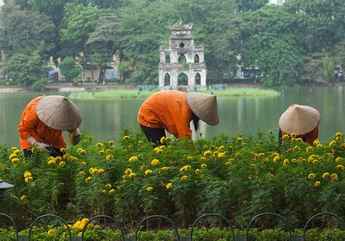
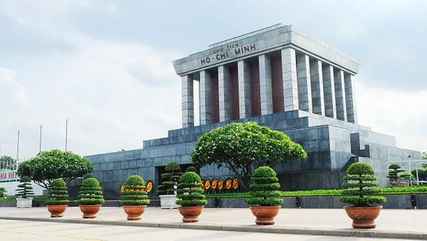

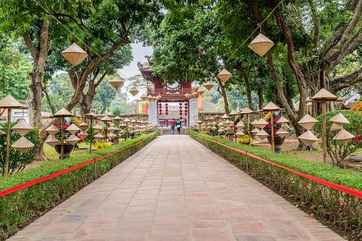
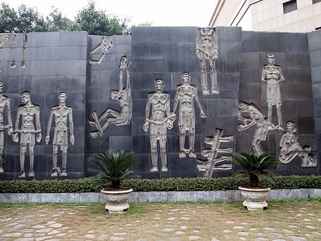
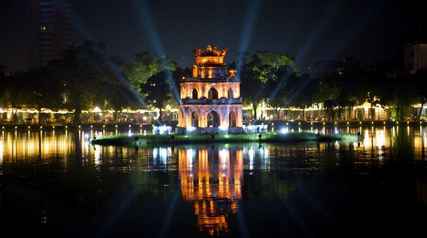




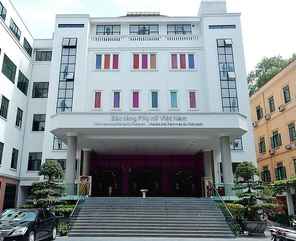



























![[Guaranteed Chinese-Speaking Guide] 3-Day Sapa Tour in Northern Vietnam | Sun World Fansipan, Cat Cat Village, and Skywalk | Depart from Hanoi, RM 1,585](https://ik.imagekit.io/tvlk/xpe-asset/AyJ40ZAo1DOyPyKLZ9c3RGQHTP2oT4ZXW+QmPVVkFQiXFSv42UaHGzSmaSzQ8DO5QIbWPZuF+VkYVRk6gh-Vg4ECbfuQRQ4pHjWJ5Rmbtkk=/3251018071326/Three-day-tour-to-Sapa-in-Northern-Vietnam-Sun-World-Fansipan-Legend-Park-Cat-Cat-Village-Skywalk-Depart-from-Hanoi-7c0b8e2f-a600-45dc-a347-134943b6c513.jpeg?_src=imagekit&tr=c-at_max,h-456,q-60,w-256)














 Facebook
Facebook Instagram
Instagram TikTok
TikTok Youtube
Youtube Twitter
Twitter Telegram
Telegram
